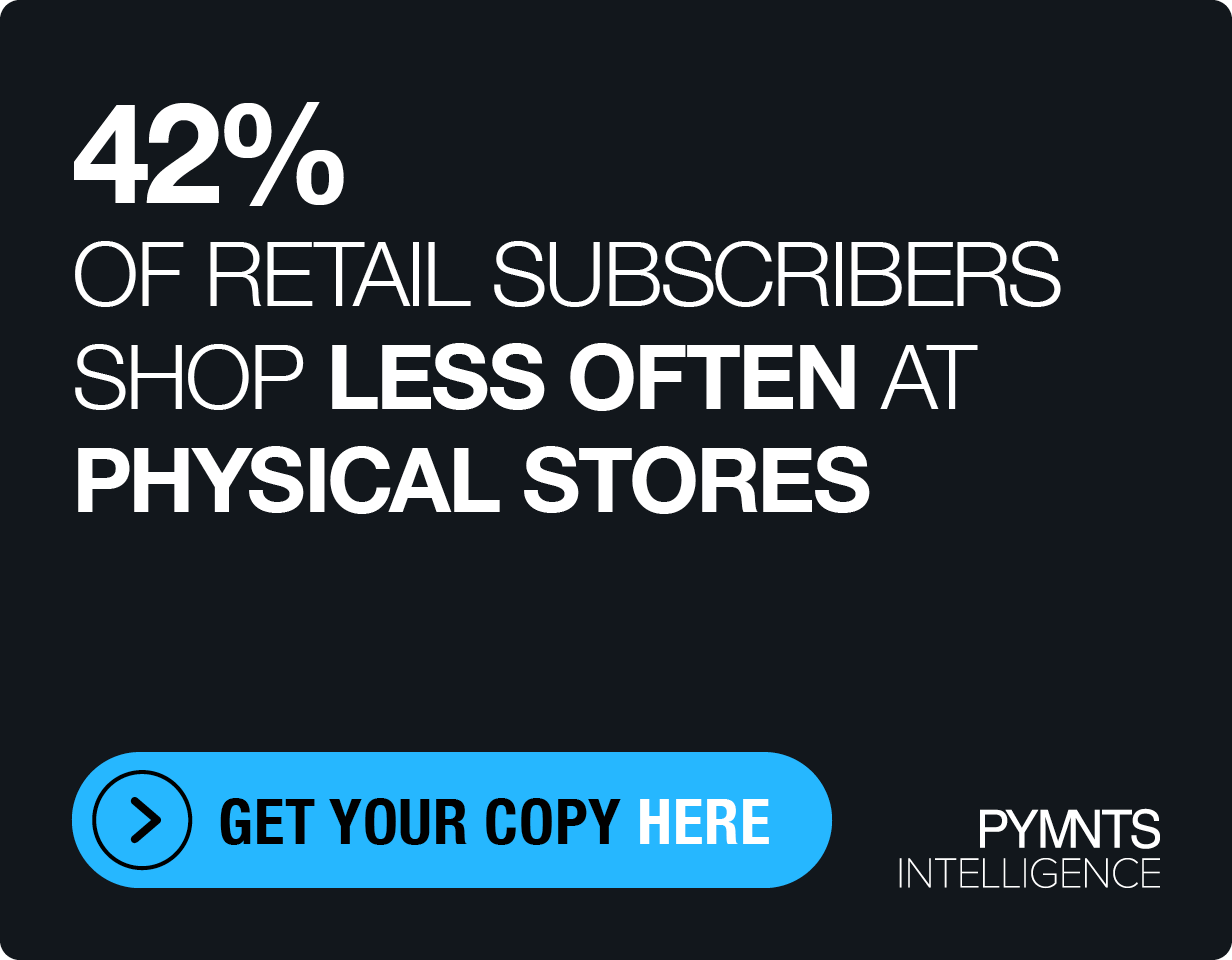FinTech and Bank Partnerships Will Boost Open Banking in the US
Dave Scola, CEO, U.S. at Form3, said the transformation of banking and financial services is demanding collaboration between traditional banks and digital upstarts.
The most notable, and long lasting, changes in consumer behavior have been spurred by the pandemic: The shift to contactless payments, and the continued shift to online channels to get everyday tasks done.
These pivots, he said during a conversation with PYMNTS as part of the “What’s Next in Payments” series on the changing financial services landscape, “are certainly here to stay.”
But that’s not to say that banking’s moved wholly online, nor that trends are pointing in that direction.
There are still interactions that customers want to have face to face with their banks — chiefly for high-value, significant transactions. Though many loans may be initiated online, such as applying for home equity loans, individuals might prefer to complete the process in a face-to-face setting.
Banks themselves, Scola said, often do prefer to bring customers into the branch at those moments, because those visits can present a chance to cross-sell other products and services.
“Banks are loath to give this up — and understandably so,” said Scola, who added, “They will want to preserve this as much as they can, going forward.”
Joint Efforts and Integration
As the omnichannel experience and expectations and digital payment preferences take root — and consumers want banks to deliver a personalized set of interactions — the onus is on banks to, as Scola put it, “play nicely in the sandbox with other providers.” Individuals may be looking toward one company for retirement planning, another for investing and yet another for checking and deposits.
“The need to have banks work well with each other — and with FinTechs,” Scola said, “is driving a need for greater … technical integration. So that’s why you’re seeing the rise of APIs.”
But open banking, he said, is evolving in different ways in the States than what has been seen in Europe. Whereas open banking has been mandated abroad, in the U.S., Scola said, the market’s been driven by consumer and client demand, as clients are increasingly aware of the ability to control their data and demand transparency into how that data is being used.
Improved fraud defenses, he said, will be critical to fostering a level of trust on the part of banking clients, particularly as payments move toward real-time status.
It’s no surprise, he said, that giants such as Visa and Mastercard have acquired data integration solutions in the form of Plaid and Tink. And, he said, individual banking clients will look to banks to provide an integrated solution for all the services they are seeking — and they will purchase the solutions from the bank itself.
Open banking, of course, has the potential, with consumer-permissioned data, to help banks forge new revenue streams, as FinTechs link with banks, as innovative efforts are streamlined and brought to market more quickly.
“Banks are recognizing the need to be more technically flexible,” he said, “and bring in services from multiple sources and move assets and accounts — and data — between multiple sources.”
The banks that are doing this most aggressively, he said, are picking up market share as they offer a broader range of products than they would be able to do in-house.

